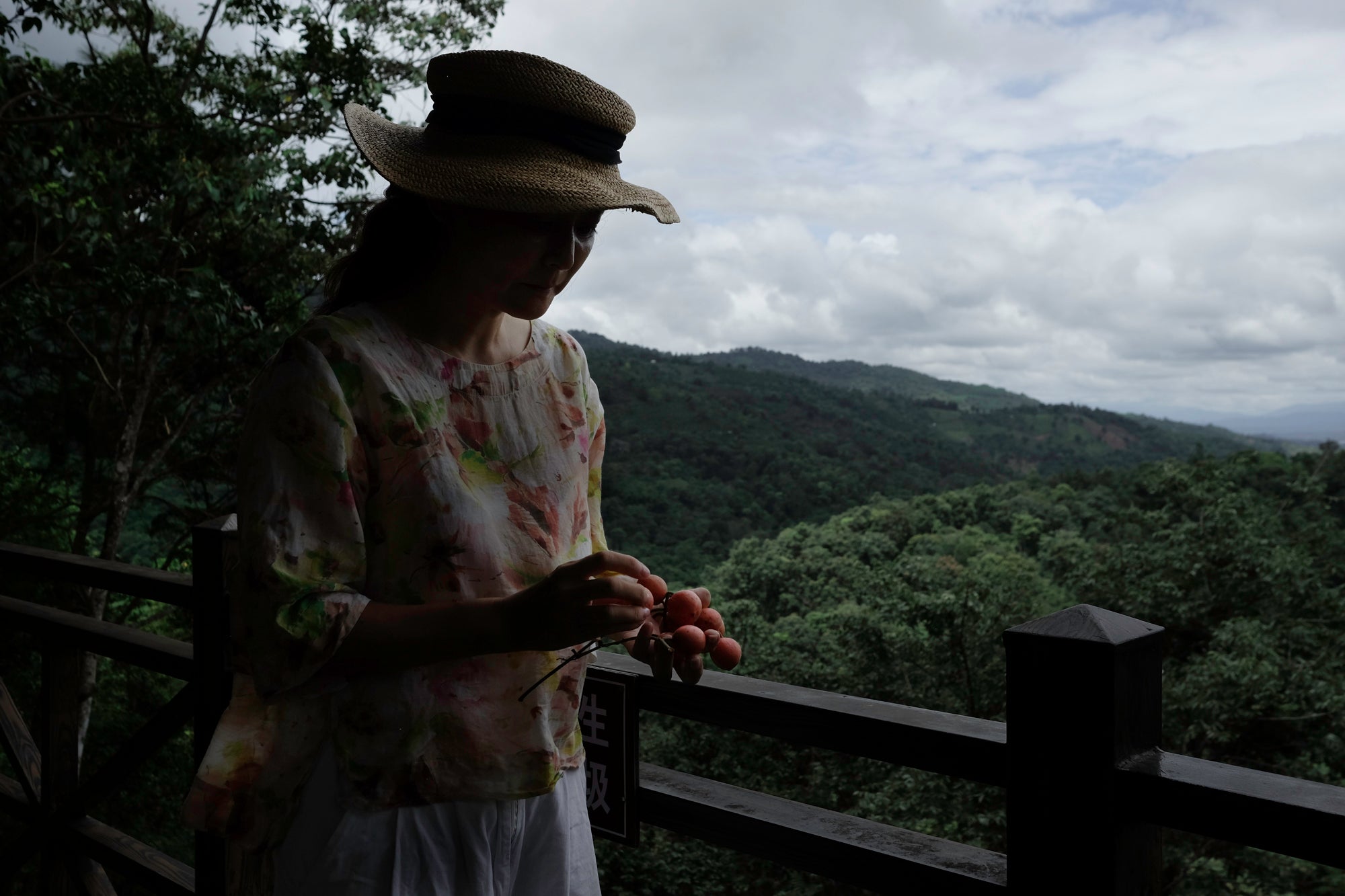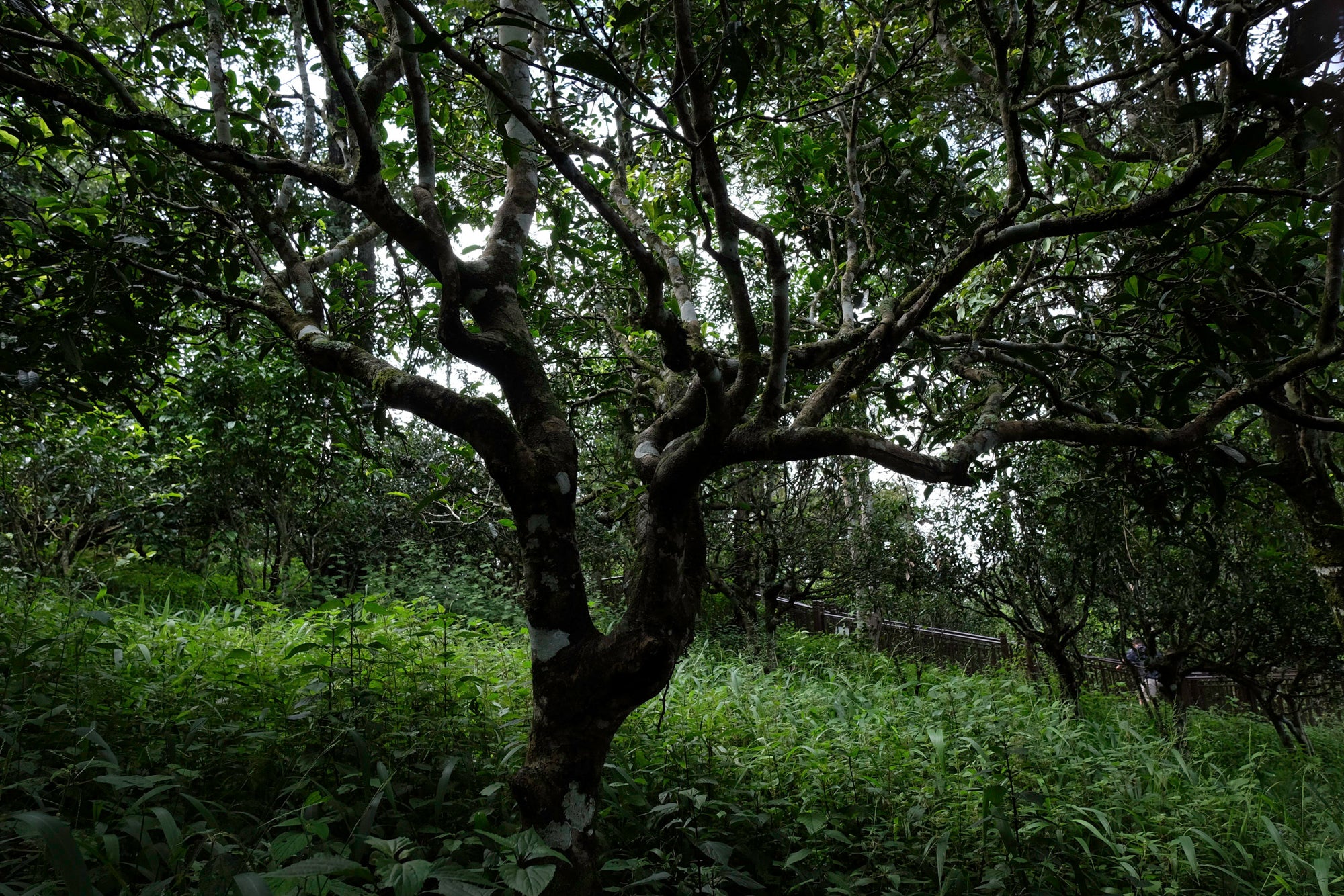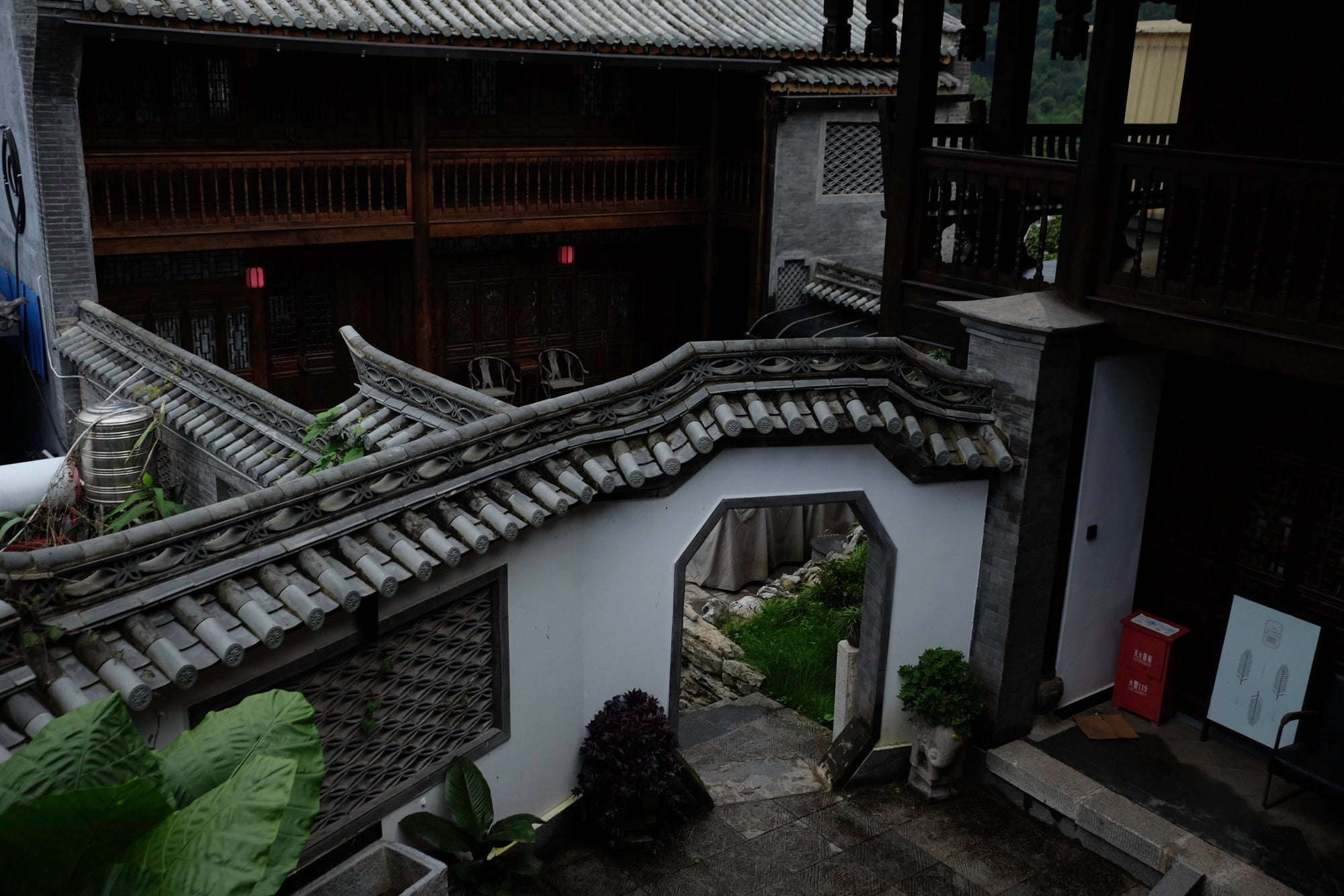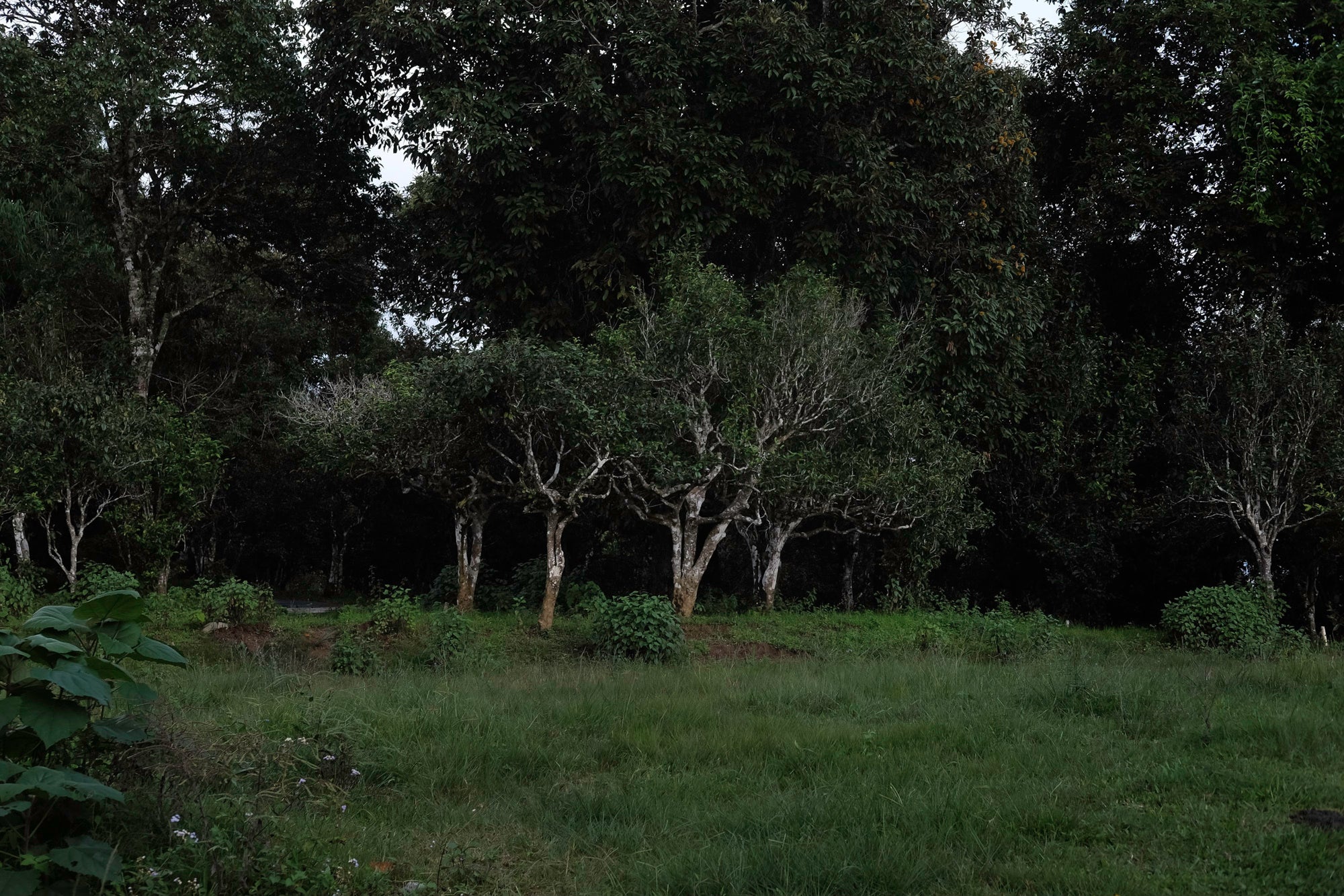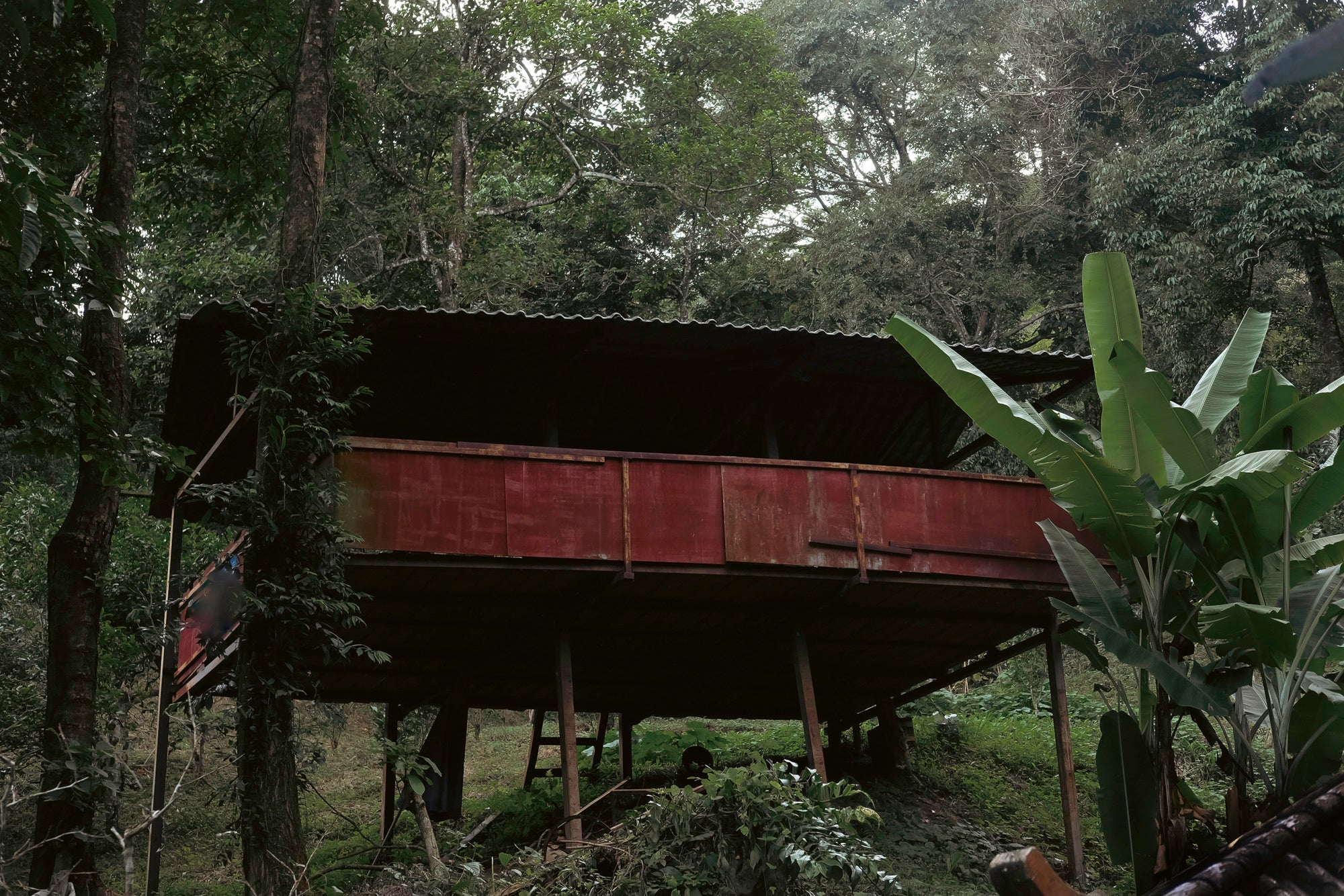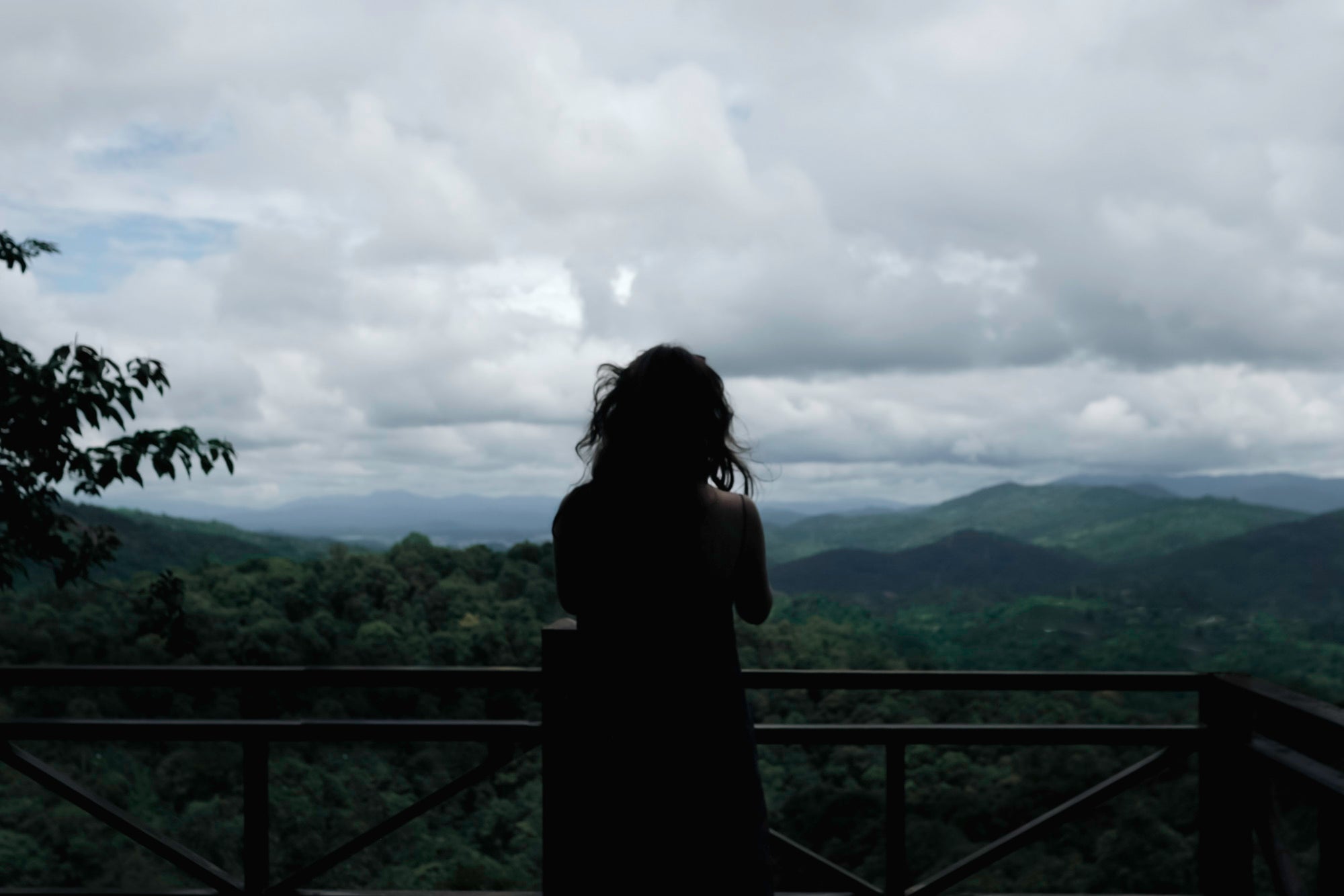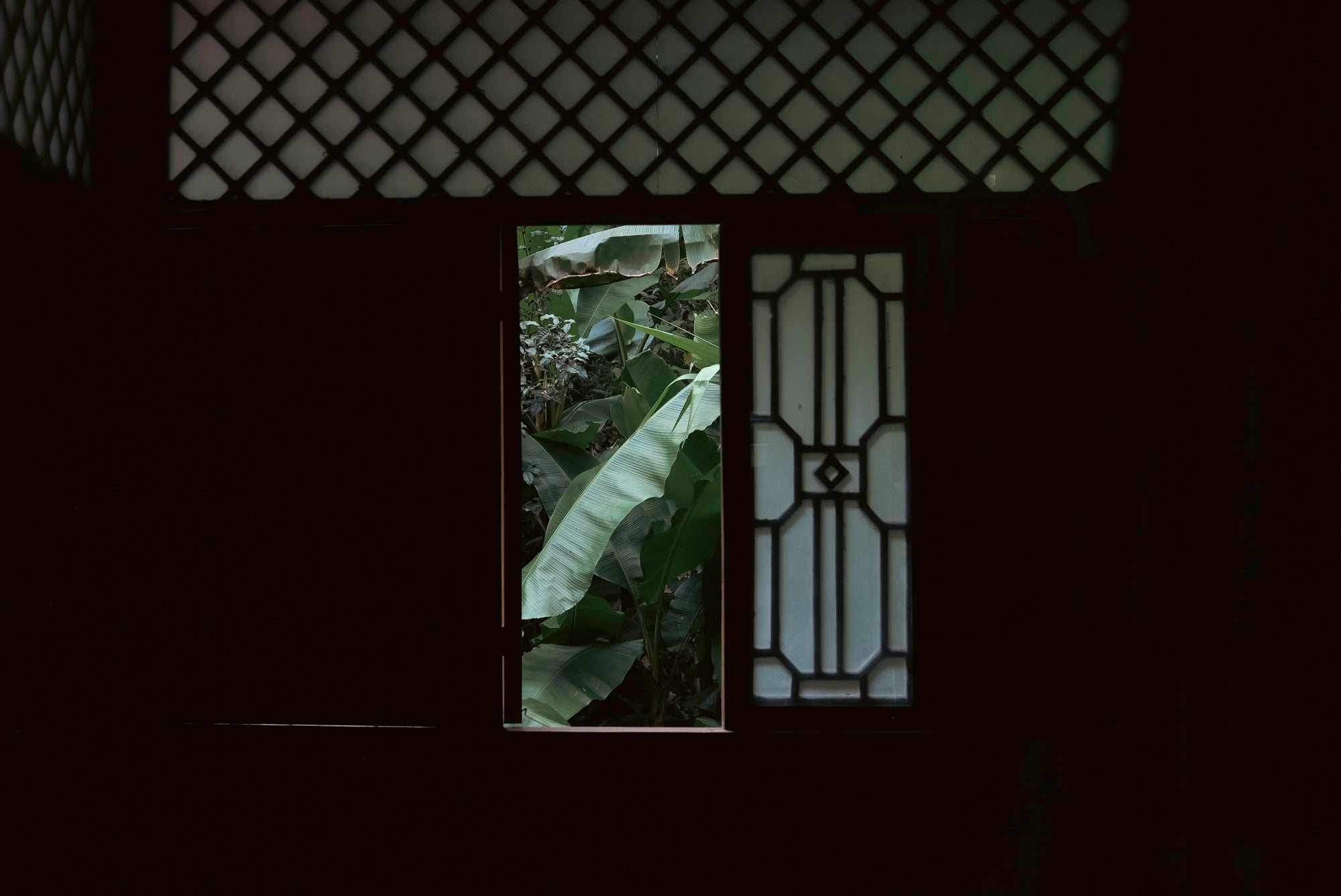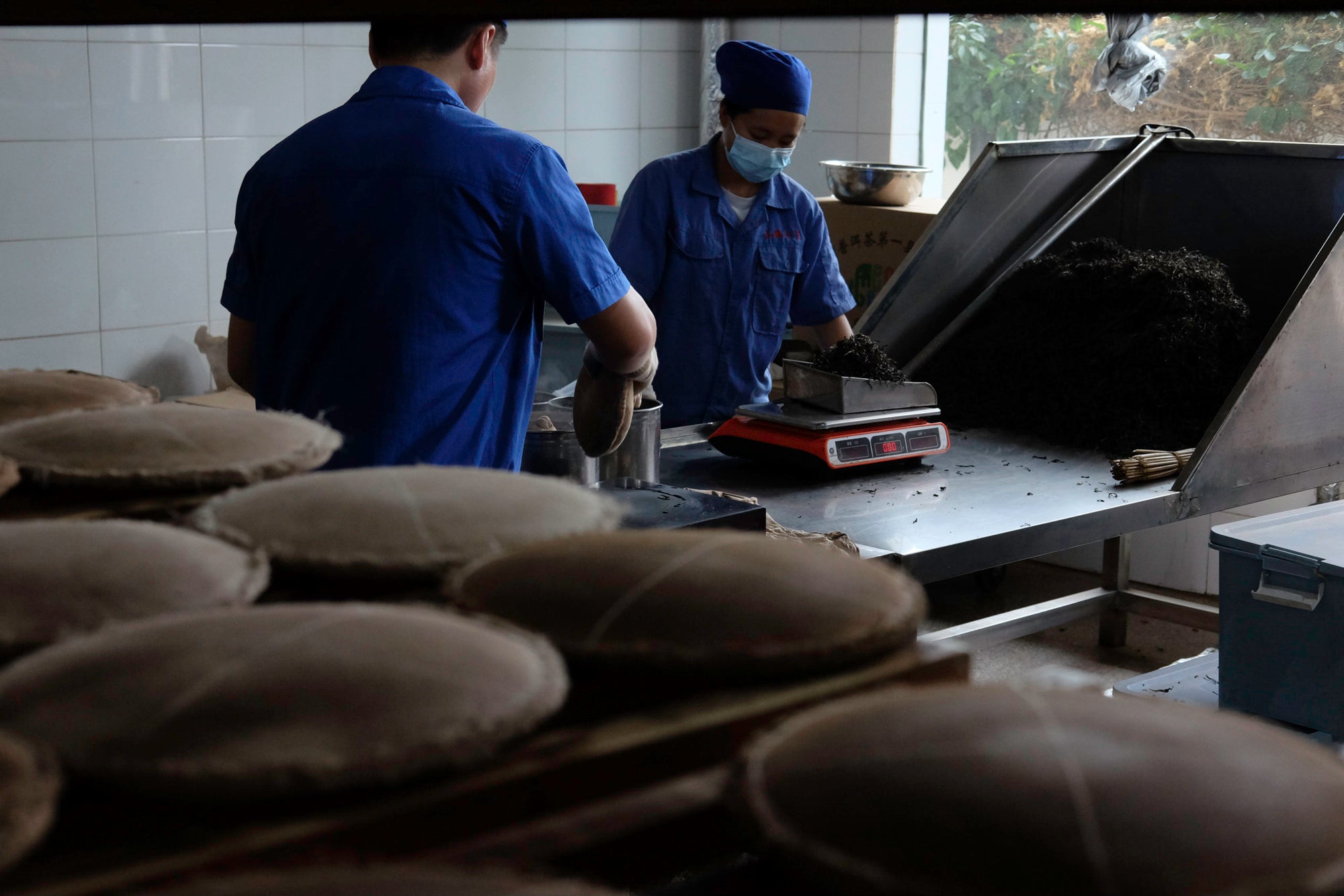NEW: from March 9th, 2025
Spring tea tour: Yunnan
Xishuangbanna-Nannuo-Kunming-Yiwu area-Menghai-Laobanzhang-Laoman'e-Hekai
--The tour is fully booked--
The tour starts at the eve of Spring, when tea leaves, trees and mountains all are waiting for the first rain: the buds will sprout, and new fragrances and aromas will be discovered.
Our journey begins in Xishuangbanna, in south-west Yunnan, and we explore all the most important mountains and tea-forests of Yunnan. We will brew together the best teas, we speak with the producers and assist them in their work as we walk their lands. We will be hosted by skilled pottery masters and professionals, we will attend scholars' workshops on Gongfucha and Yixing and we will live of our passion for tea.
We chose the very beginning of Spring, when the season has just begun and is not yet hectic: usually, at this time of year, only a small quantity of buds has fully sprouted to be harvested, allowing us to travel the mountains and assist with Spring production at a much slower pace, taking enough time to talk with people, learn and experiment with our own hands.
In this travel you will find everything that makes up Eastern Leaves: our Yunnan, an in-depth of Chinese culture, and all the people that makes our tea-journey meaningful.
March 9th - March 22nd, 2025: Spring tea production in Yunnan
Our travel is designed by us, and it is independent by any travel agency: we bring you with us on Eastern Leaves routes, guided by a farmer and tea scholar, through places, tastes and people that are most menaningful for us.
From our travelers
I still can't believe I was in all these amazing places
"I am drinking a rock tea from Wuyishan at home, a month after our trip. Brewed in a beautiful Yixing pot that I bought in actual Yixing, and tea from the mountain that I hiked on. I still can't believe I was in all these amazing places... I am reminiscing about this holiday a lot. It was just perfect. People were incredibly nice. We had wonderful encounters with lots of lovely different tea people and the people in our group where the best. Tea people are so nice. We saw incredible things, drank the best teas and had so much fun together. Everything that was abstract for me beforehand, became concrete while traveling. It's hard to capture my feelings in words, but but I am back home for a month now and there was not a single day that I didn't think about the trip. I wasn't homesick while traveling, but I am tripsick now.
And all of this took place under the caring and enthusiastic guidance of Vivian and Lorenzo, truly two of the most kind, warm-hearted and knowledgeable people that I know."
W.E., from The Netherlands
We have become more sensitive and have touched beauty
"I want to consider a different approach. I don't want to make a review of what went well and what didn't go well. I don't want to dwell on individual stages and describe a fantastic world. I reject any image of travel, tea, an extraordinary country and all that. I want to forget any kind of knowledge I have. Tea lovers already know all about these things. I want to tell them that they don't need "yesterday" because it is the necessary condition to savor any moment with its different temperatures, colors and fragrances. Isn't this what happens when you drink forgotten tea? Isn't it like drinking a new tea, after all? When we abandoned the concept of tea bags, what did we do? We entered an ancient forest for the first time. We put our hands in the clay. We tasted food with a sparkling and surprising flavour. We have become more sensitive and have touched beauty. And this is where the world of Eastern Leaves becomes real"
D.N., from Italy
Our travel package includes accommodation in selected, cosy hotels, all the internal transportation, and meals. It doesn't include the flight from/to your country of origin, visas (but we support your application), and insurance.
Once you decide to travel with us, we assist you in everything we can, following our experience with travellers from all over the world.
We apply special rates for our Eastern Academy alumni: contact us to choose a date and customise together your travel at the origin of tea!
Contact us
Further travel options
Winter Tour
December 23rd - January 5th
This new itinerary explores the diversity of our beloved Yunnan in tea, geography, and culture: we cross its high-mountain geography from north to south, through its two most important kingdoms of Nanzhao (Tang dynasty, 618-907) and Dai (Song dynasty, 960-1279), indulging in the best leaves that the locals who inhabited these lands refined over centuries.
In the winter, it is possible to travel over the majority of the tea roads and trails, and all of the new teas in both maocha and pressed bricks are waiting to be brewed.
Temperatures in the Xishuangbanna valley are expected to range between 18°C and 25°C, while Kunming and Dali, where we will be attending the majority of the professional seminars, will be between 5°C and 16°C.
China Tea Tour - May
May 1st - May 20th, 2025
This tour crosses the historical tea line of the east coast, before immersing in our Yunnan: it starts from Yixing, before proceeding to Huangshan and Qimen valley, where we visit extensively the most important production areas.
From there we travel to the Wuyishan valley, where we visit extensively the most important production areas, and from where we start to Tongmuguan, the birth-place of red tea, and Jianyang, the ancient site of production for the Jianzhang teaware, Tenmoku in Japanese.
For the second part of the tour we fly to our Yunnan, where we'll immerse in pu'er lands of Xishuangbanna, following the traces of pu'er tea from the ancient days until the contemporaneity.
Summer Tour
August 2025
For this summer we have many ideas and inspirations; we will explore the mountains, we will hike and meditate, together with people we love.
It will be a new itinerary among teas and cultures, immersed in the Chinese west, where boundaries means few in front of culture, geography, and flavors.
We plan to publish the complete itinerary during Spring 2025; in the meanwhile fell free to write us to express your preferences: we will be happy to hear from you, and plan together our trip.


